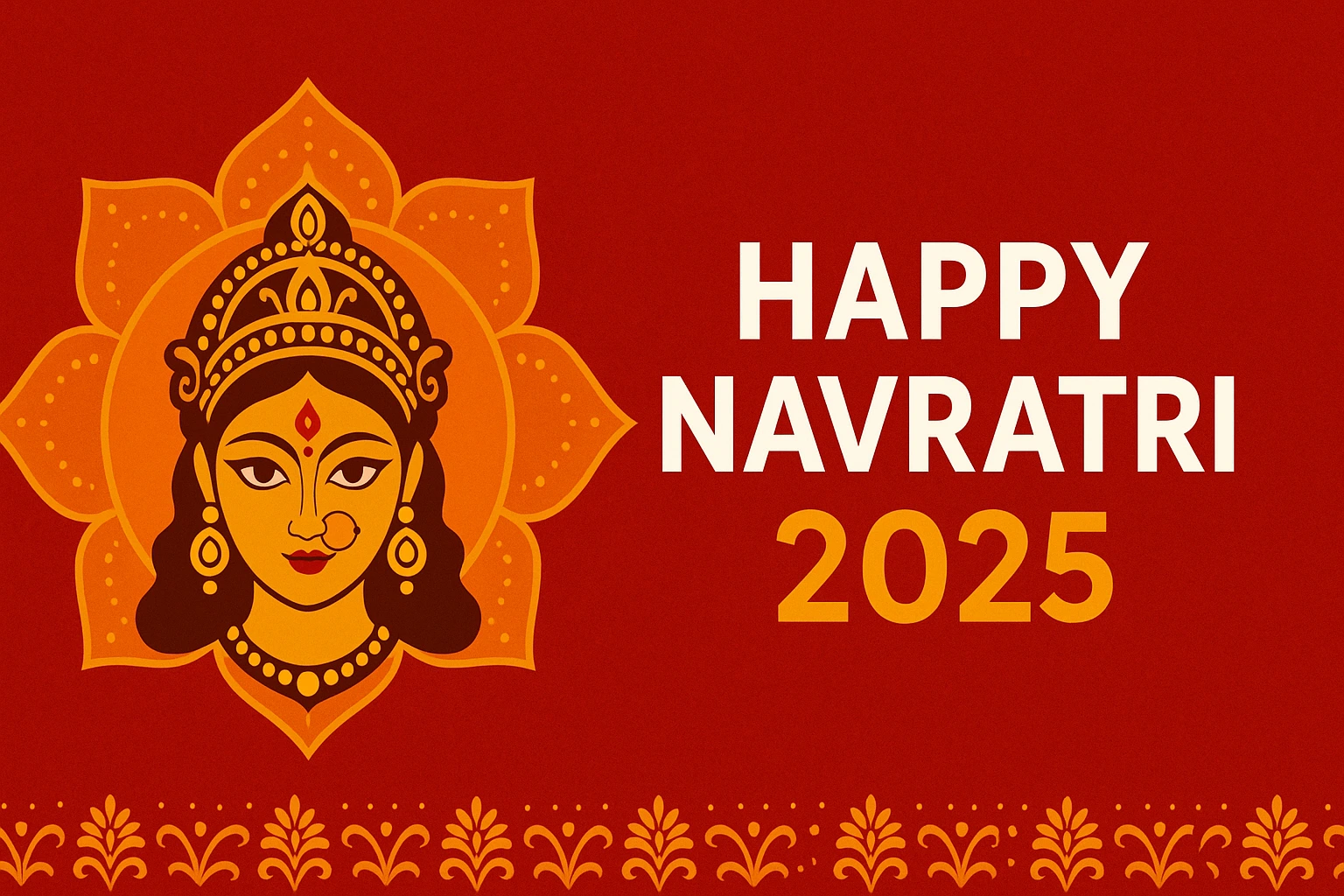Currency Pair
It refers to the quotation of a currency unit against another currency unit.
For instance, the euro and the US dollar together form the currency pair EUR/USD. The first currency (in our case, the euro) acts as the base currency while the second (the US dollar) acts as the quote currency.
Exchange Rate
This refers to the rate at which you trade a currency for another. The exchange rate indicates the amount of quote currency you require in order to purchase a unit of the base currency.
Example: EUR/USD = 1.3115. It implies that 1 euro (the base currency) is equal to 1.3115 US dollars (the quote currency).
The exchange rate could change within two days or a week, though. It could even stabilize for a while. However–when–is the question you may want to ask.
The when becomes a question which no one is ever able to answer precisely. It relies on a number of social and economic factors, a majority of which you’d be able to watch closely as you begin to trade forex.
Why? Given the fact that currency rates may keep changing all the time, and you’d prefer to know when you should purchase a currency and sell another in order to make a profitable deal.
Pip
Typically, the lowest and smaller increment where a currency pair is priced is known as a pip. Pips can be used to calculate movement in a forex pair. Pips prices could change often or move because of a trade’s timing as well as the amount which is being traded.
Bid
The price where the market maker/broker agrees to purchase a currency pair is called bid. The underlying currency pair’s value could affect the Bid price.
Ask
The price at which the market maker/broker agrees to sell the currency pair. It may even be on the basis of the underlying currency pair.
Spread
The difference between the Buy/Sell (Bid/Ask) prices as provided to traders on the trading platform. If a CFD provider promises lower spreads as compared to its competitors, it implies that traders will be able to make the most of a smaller difference between the Buy and Sell rate of the underlying FX trading pair. Spread may even be used to measure the liquidity of the market.
Lot
Forex gets traded in lots. A standard lot consists of 100,000 units of the base currency, whereas a micro lot has 1,000 units.
For instance, in case you purchase a standard lot of EUR/USD at 1.3125, you purchase 100,000 Euros and you sell 131,250 US dollars. In the same way, as you sell a micro lot of EUR/USD at 1.3120, you sell 1,000 Euros to purchase 1,312. US dollars.
Leverage
Strictly speaking, using leverage you borrow funds from a forex broker to be able to trade bigger lots:
Leverage relies on the broker as well as its flexibility. However, do bear in mind that leverage may vary as well: it could be 100:1, 200:1, or even 500:1. Also note that with leverage you’ll be able to purchase $1,000 to be able to trade $100,000 (1,000×100) or $200,000 (1,000×200), or $500,000 (1,000×500).
Now how does it work?
To begin with, it relies on the kind of account you open and what the leverage would be for it and what would you actually require. The mantra is to neither be too greedy nor too shy. Leverage could be helpful in boosting gains as well as losses with the same magnitude.
Next, your broker would require an initial margin on your account, which is a minimum deposit.
Margin
Margin refers to the minimum amount of funds, indicated as a percentage, which you will require if you wish to open a position and keep your positions open.
If you choose to trade on a 1% margin to give you an example, for every USD 100 you trade, you would have to have a deposit of USD 1. Thus, to be able to purchase a standard lot (i.e. 100,000 of USD/CHF), you would be required to maintain only 1% of the traded amount in your account i.e. USD 1,000. You may be wondering how you would be able to purchase 100,000 USD/JPY with simply USD 1,000? Essentially, margin trading includes a loan from the forex broker to the trader.
If you process a forex transaction, you don’t really purchase all the currency and deposit it into your trading account. You essentially speculate on the exchange rate. In simple words, you just estimate the way your exchange rate may move and make a contract-based agreement with your broker that he may pay you or vice versa on the basis of the accuracy of your prediction.
Long Position
To enter a long position, you purchase a base currency.
If we assume that you pick the EUR/USD pair. You anticipate that the EUR will strengthen in comparison to the USD and thus you purchase EUR and earn a profit from its rising value.
Short Position
To enter a short position, you sell a base currency. When you select the EUR/USD pair again but are expecting the EUR to weaken in comparison to the USD, you may sell the EUR and earn a profit from its falling value.
Bear Market
It refers to a falling market where traders are anticipating the rates to fall, which hints that there is likely to be more short selling (or traders ‘going short’).
Bull Market
A bull market shows that the market is appreciating as the traders are keen to boost their long trading activity called ‘going long’.
Broker
An individual or a firm which acts as an intermediary for traders and financial institutions to carry out transactions. Know more مجموعة ملتي بانك


 Latest world news11 hours ago
Latest world news11 hours ago
 India News16 hours ago
India News16 hours ago
 India News16 hours ago
India News16 hours ago
 Latest world news8 hours ago
Latest world news8 hours ago
 India News16 hours ago
India News16 hours ago
 India News15 hours ago
India News15 hours ago



